Hip dysplasia is a serious condition found in many dog breeds. This condition occurs when the hip joints do not form correctly for one reason or another. Due to the sizing difference, the socket and ball of the joint don’t line up, causing excessive wear. Often, dogs with this condition will begin showing signs of arthritis at an early age.
Diet and exercise do play a role in hip dysplasia. However, it’s also genetically linked, so some breeds are more prone to hip dysplasia than others.
1. Norfolk Terrier

Norfolk terriers are pretty healthy dogs but are still prone to several health conditions.
©Zuzule/Shutterstock.com
Norfolk terriers have an exceptionally high rate of hip dysplasia. This condition seems to be largely genetic, as this breed isn’t large like most of the others on this list.
They’re also prone to luxating patella, which occurs when the kneecap joint is too loose. This condition can also cause lameness and pain, so these dogs often have some mobility issues.
Occasionally, they may also develop intervertebral disc disease, which causes difficulty walking and paralysis
2. Sussex Spaniel

These dogs are also smaller but have a high hip dysplasia rate.
©Sue Thatcher/Shutterstock.com
The Sussex Spaniel also doesn’t follow the usual “big dogs get hip dysplasia” logic. This breed is relatively small, but nearly half of them will develop hip dysplasia of some sort. They’re also prone to elbow dysplasia, which is very similar to hip dysplasia but in the elbows.
In many cases, this is because this breed is “deformed.” They have shorter legs and a longer spine, which creates all sorts of joint issues. They’re also prone to luxating patella, which also causes joint pain and lameness.
These dogs are also prone to a range of other health issues, including heart disease and eye conditions. They are relatively unhealthy compared to other breeds.
3. Alaskan Malamute
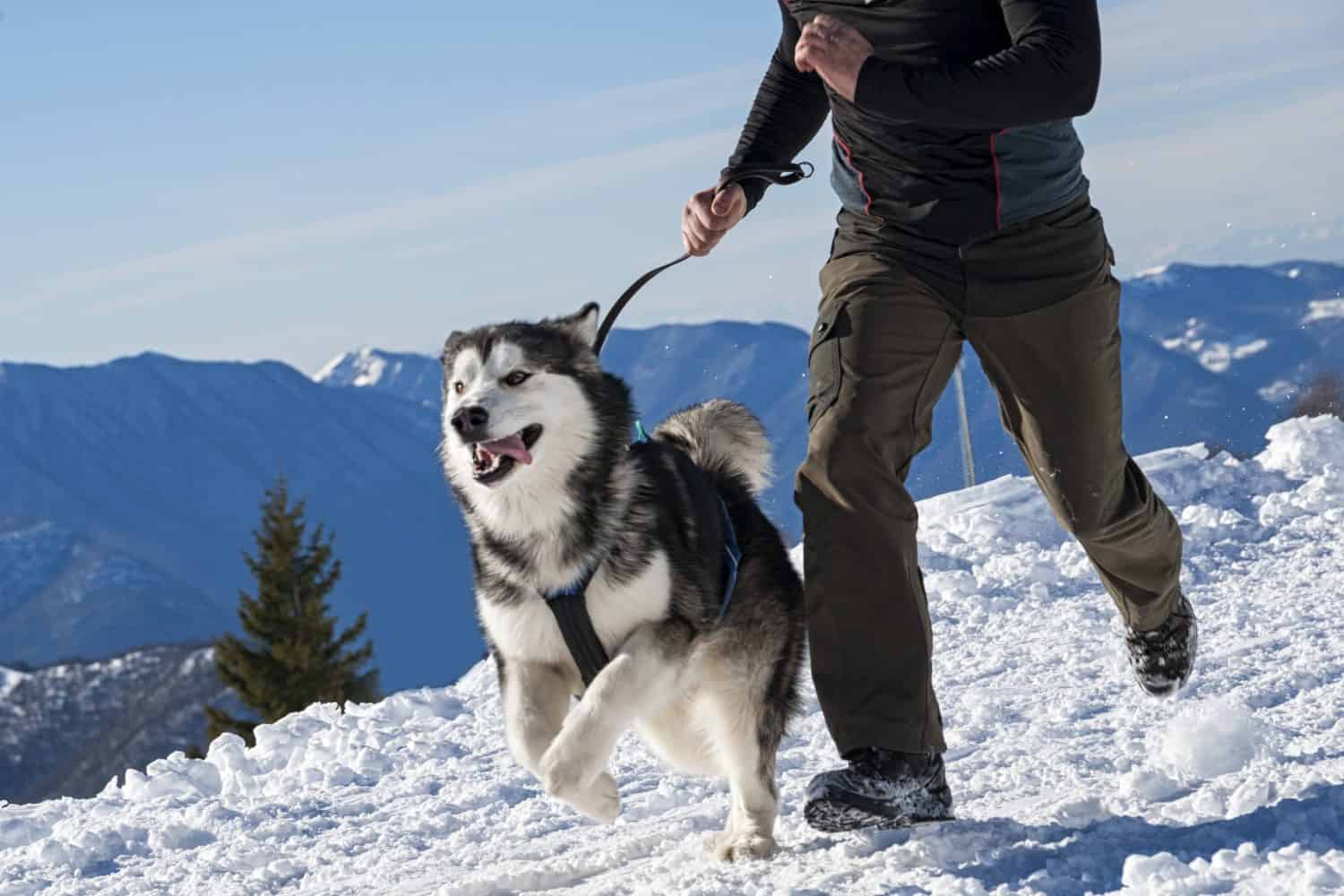
These massive dogs are prone to hip dysplasia due to their higher weight.
©COLOMBO NICOLA/Shutterstock.com
According to the Alaskan Malamute Club, these dogs are prone to hip dysplasia. It’s actually the most common disease in this breed and is likely caused mostly due to their higher weight.
The extra weight on their joints causes them to wear down faster, and their longer puppyhood leaves more room open for developmental problems. It’s essential that they’re fed a large breed puppy formula while they are still growing. This dog food ensures they get the proper nutrients, which can help prevent hip dysplasia.
These dogs are also prone to other orthopedic diseases, such as elbow dysplasia. However, these are at a lower rate than hip dysplasia.
4. English Shepherd

With a much higher hip dysplasia rate than other dogs, English Shepherds often need extra care.
©Jennifer McCallum/Shutterstock.com
English Shepherds have a fairly high rate of hip dysplasia – around 22% by most measurements. This condition likely occurs due to their larger size, though their smaller gene pool and a lack of genetic testing may also be to blame.
This breed is less popular, so the occurrence of other health issues isn’t well-known. The number of dogs with hip dysplasia may also be higher than the 22% metric makes it appear. Many dogs may have hip dysplasia, but they may be undiagnosed.
Sadly, finding a breeder for English Shepherds is challenging in itself, so you often don’t get a huge choice in who you adopt from. Therefore, choosing a higher quality breeder to avoid genetic issues like hip dysplasia often isn’t possible.
5. Weimaraner
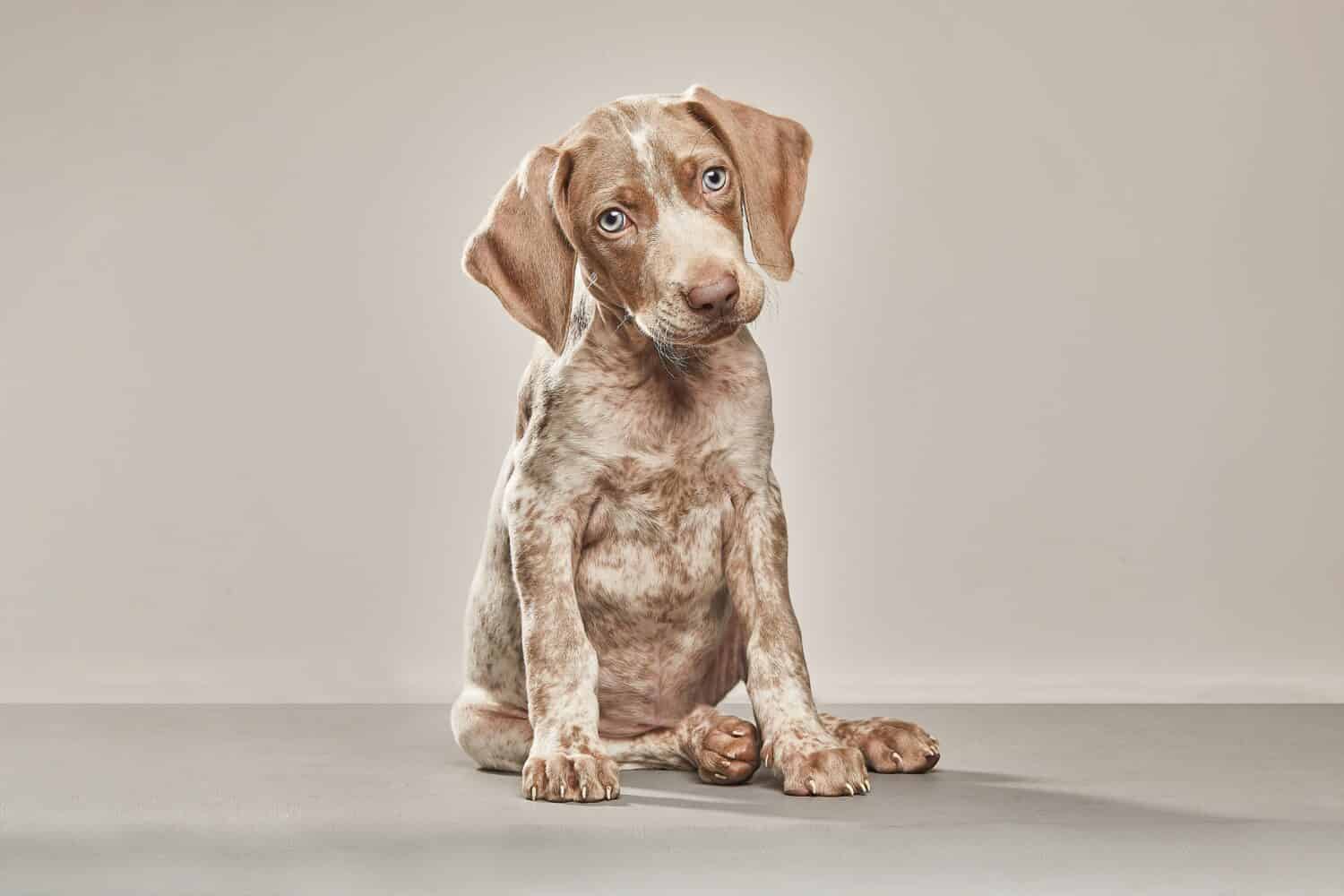
While not exceptionally common, hip dysplasia does occur in Weimaraners at a slightly higher-than-average rate.
©Santos Roman/Shutterstock.com
Weimaraners are typically considered healthy dogs. However, they can be prone to several health problems that may make their life more difficult, including hip dysplasia. They have a slightly higher rate of hip dysplasia when compared to similar breeds, indicating that there is an underlying genetic issue on top of their larger size.
They’re also prone to elbow dysplasia, but this condition occurs less frequently. Often, dogs with elbow dysplasia also have hip dysplasia.
You also have to contend with other health issues if you adopt a Weimaraner. Bloat is a deadly and sadly very common condition in this breed. It requires quick, emergency surgery to save the dog.
6. Neapolitan Mastiff

These massive dogs have an extremely high rate of hip dysplasia, as you might expect!
©Christian Mueller/Shutterstock.com
When you get a Neapolitan mastiff, you should plan on dealing with hip dysplasia. According to the Orthopedic Foundation of America, over half of these dogs will develop hip dysplasia. Their larger size puts a lot of stress on their joints, and there also seems to be some sort of genetic predisposition involved.
They’re also pretty likely to develop elbow dysplasia – at a rate of 36%. This rate is also much higher than other breeds. It’s likely that the vast majority of these dogs have some sort of skeletal issue.
Diet and exercise can play a role, but you cannot prevent hip dysplasia completely in these mastiffs.
7. Shiloh Shepherd
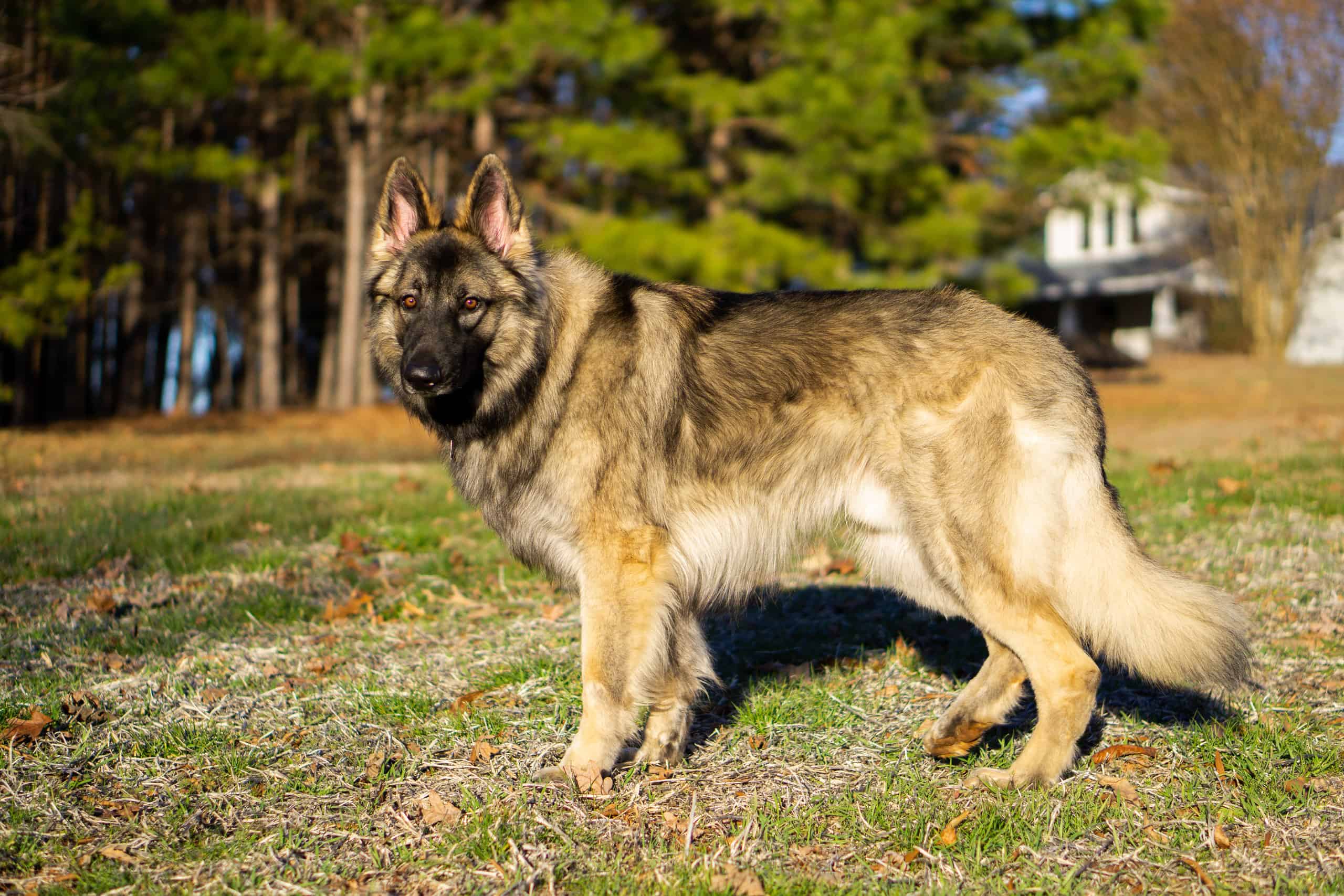
Shiloh Shepherds are very similar to German Shepherds, and you can expect them to develop similar health problems.
©Maggie Shore/Shutterstock.com
Shiloh Shepherds are relatively prone to hip dysplasia, with a rate of around 20%. Compared to other breeds, that’s pretty bad. That means that one in five puppies will end up with this condition.
Elbow dysplasia occurs at a lower rate but is also higher than the average breed. It’s likely that dogs with elbow dysplasia also end up with hip dysplasia, and they may experience serious mobility problems.
Shiloh Shepherds are also at risk of bloat, which is also common in German Shepherds.
8. Bernese Mountain Dog
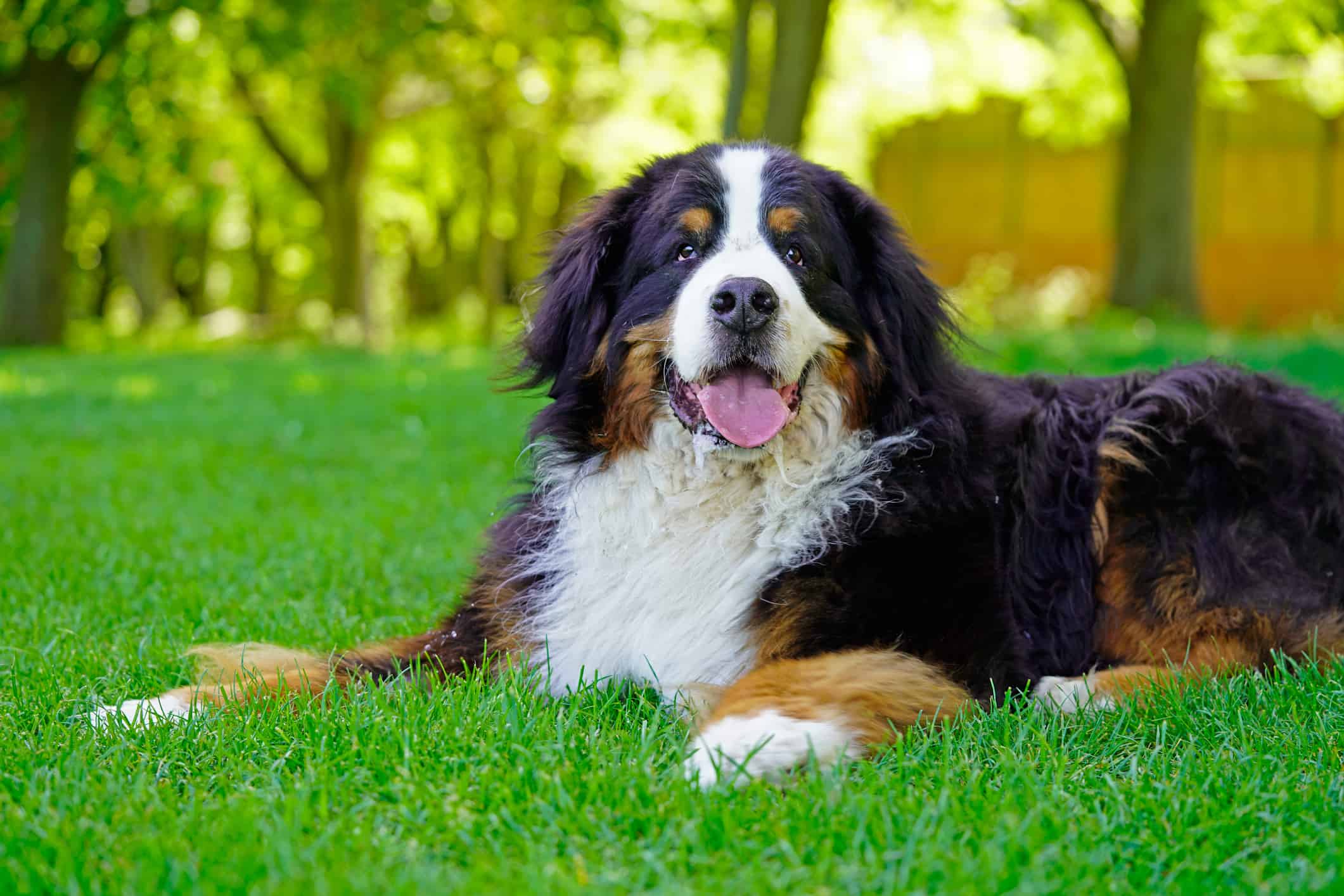
This beautiful breed is prone to many serious health issues – so much so that they are hard to recommend.
©Kriste Sorokaite/iStock via Getty Images
Bernese Mountain Dogs are not very healthy. In fact, many of them only live for 7 to 8 years, despite what some experts tell you otherwise. The Bernese Mountain Dog Club regularly surveys life expectancy, and the results are never good. They are looking to improve the health of their breed and increase the life expectancy, but this has yet to happen.
Hip dysplasia is relatively common. The Orthopedic Foundation of America has stated that they have a rate of around 28% hip dysplasia. However, it’s likely that many Bernese Mountain Dogs have such bad hips that their X-rays aren’t sent off for an official evaluation.
9. American Bulldog

While these dogs are increasing in popularity, they are sadly not the healthiest.
©MVolodymyr/Shutterstock.com
American Bulldogs are prone to a range of health issues, including hip dysplasia. Around 36% of these dogs will end up with hip dysplasia, which puts your dog’s odds very high.
Sadly, elbow dysplasia is also fairly common in this breed, occurring in 1 in 5 dogs. Both of these conditions cause lameness and mobility issues, so inheriting both can severely limit a dog’s life.
10. Cane Corso

As you might expect, these dogs are prone to hip dysplasia due to their larger size.
©Claudio Domiziani / CC BY-SA 2.5 DEED - License
Cane Corsos are large beasts whose joints take a heavier beating than other dogs. These dogs have a rate of around 39% occurrence of hip dysplasia. That makes them around the 13th worst of all breeds. This rate is likely even higher, as dogs with very bad hips may not be evaluated by a professional (as they obviously have hip dysplasia).
These dogs are also prone to other health issues, including elbow dysplasia, luxating patella, and cruciate ligament rupture. When it comes to their skeletal functioning, they aren’t the healthiest breed.
11. American Pit Bull Terrier
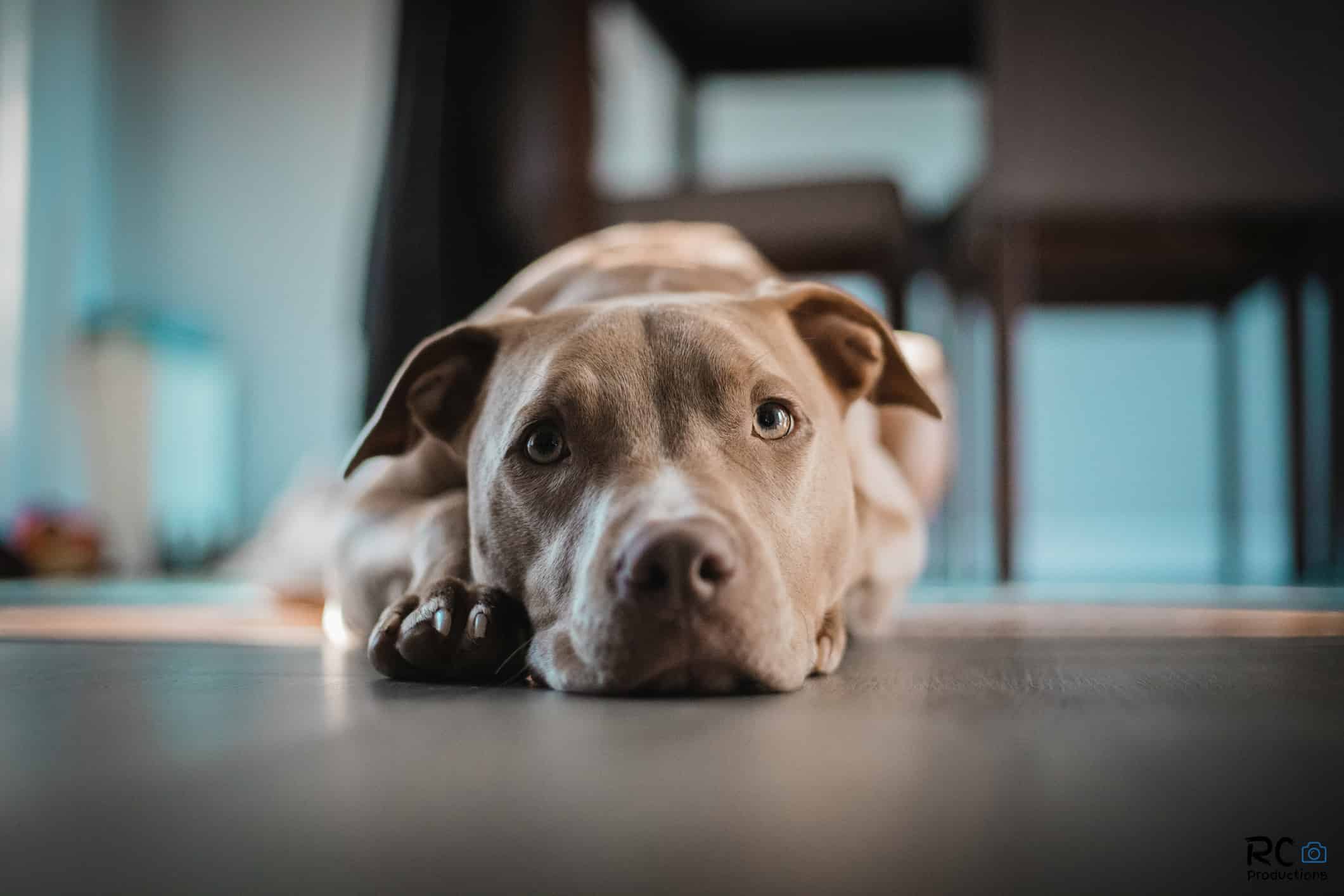
Many will claim that Pit Bulls are very healthy, but statistics prove otherwise.
©Wirestock/iStock via Getty Images
American Pit Bull Terriers have a relatively high instance of hip dysplasia – around 24% or higher. Over 1 in 4 of these dogs will end up with hip issues, in other words. For a medium-sized dog, that is far higher than we would expect.
These dogs also have a high rate of hypothyroidism, heart disease, and skin issues. While they’re often billed as a healthier breed, they simply aren’t. Likely, poor breeding has led to the bulk of these issues.
The photo featured at the top of this post is © Thirawatana Phaisalratana/iStock via Getty Images
Ready to discover the top 10 cutest dog breeds in the entire world?
How about the fastest dogs, the largest dogs and those that are -- quite frankly -- just the kindest dogs on the planet? Each day, AZ Animals sends out lists just like this to our thousands of email subscribers. And the best part? It's FREE. Join today by entering your email below.
Thank you for reading! Have some feedback for us? Contact the AZ Animals editorial team.







